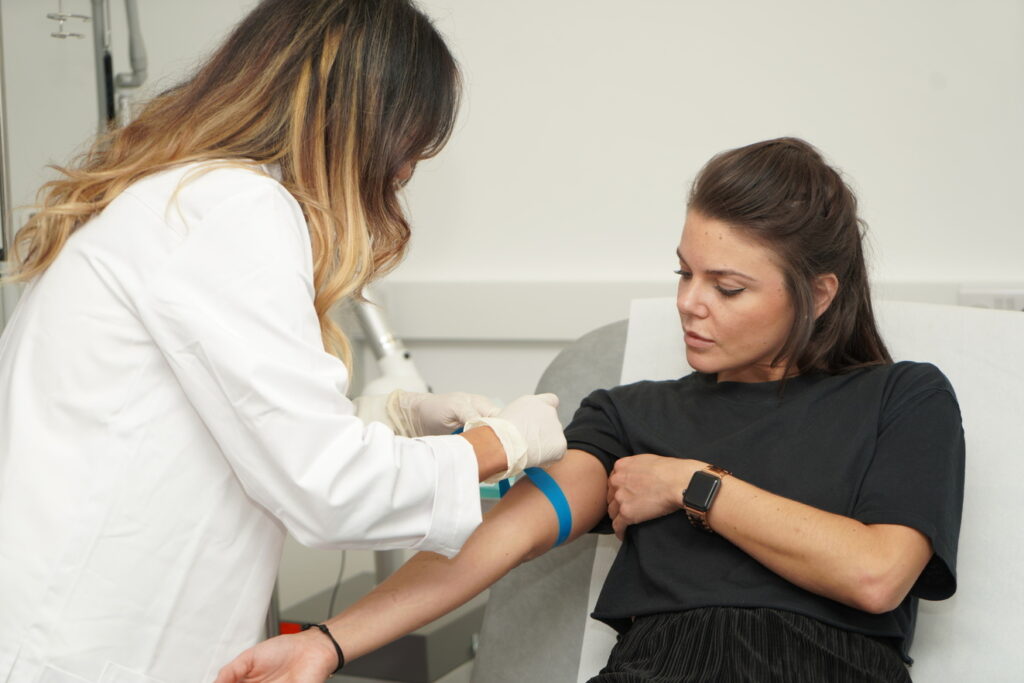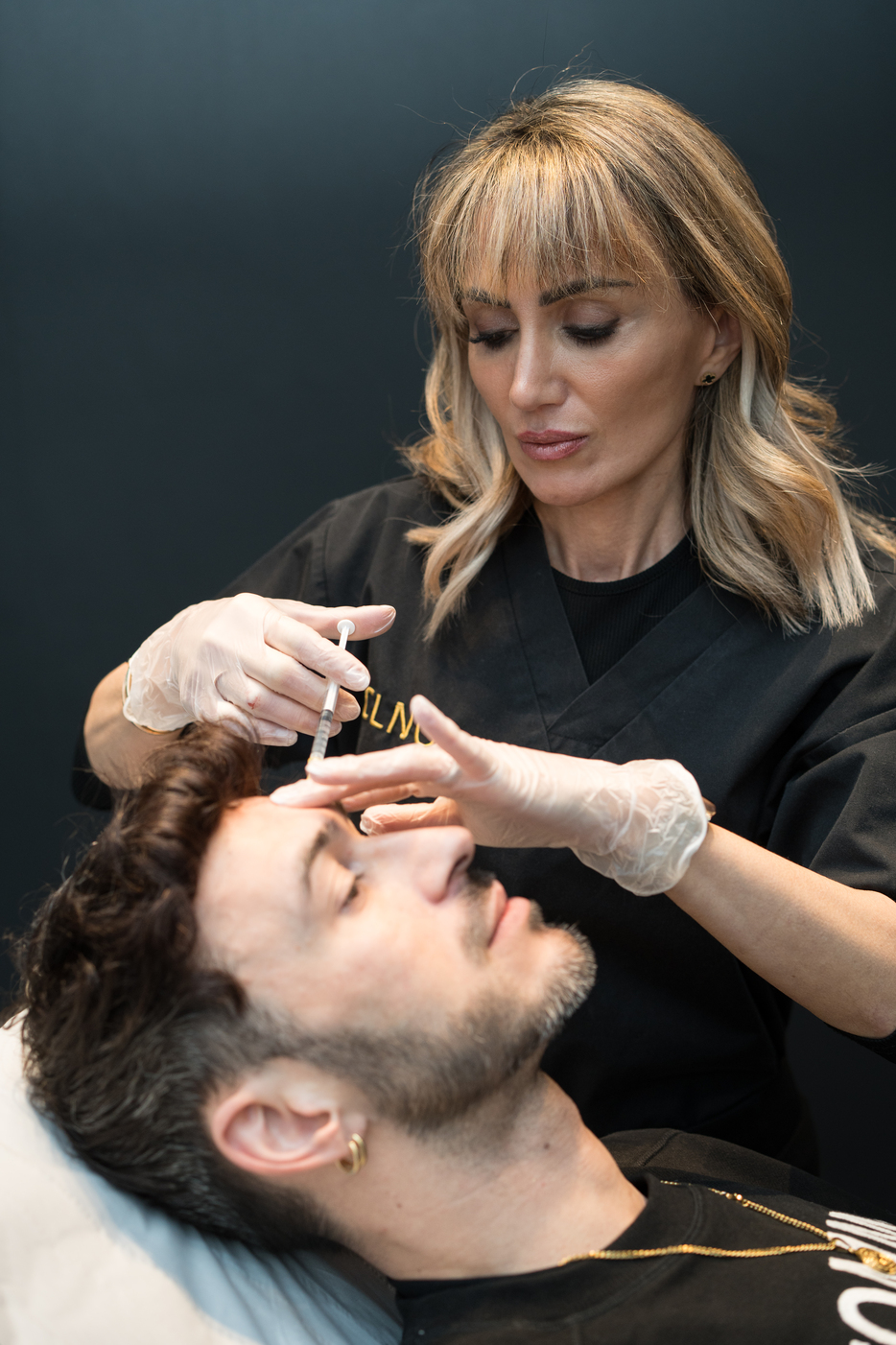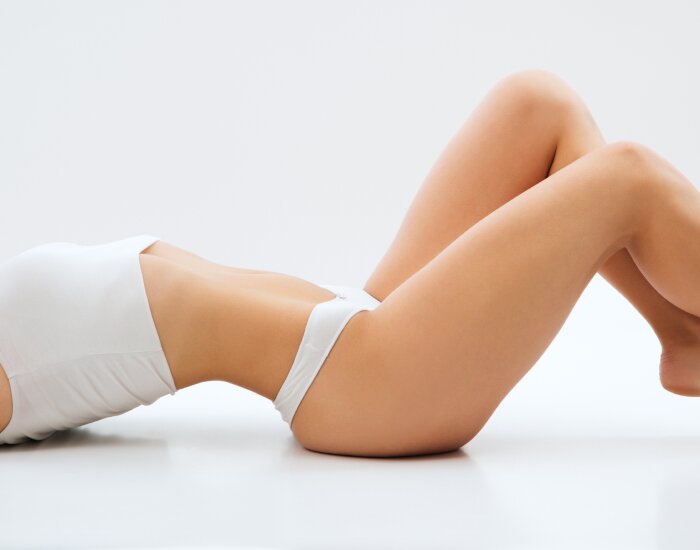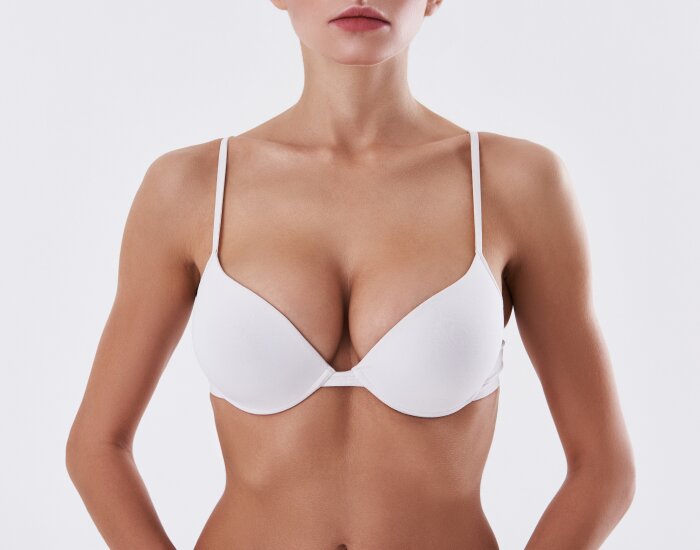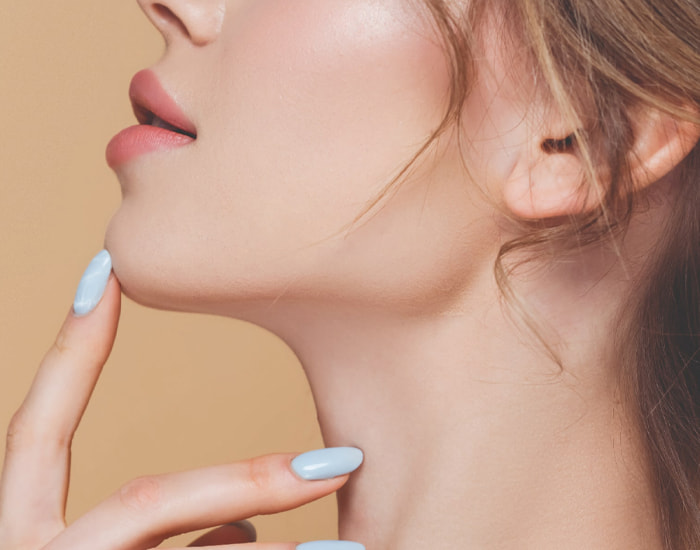Tanning is a topic that captures widespread interest, particularly as warmer months approach or when planning a holiday abroad. However, sun exposure involves much more than simply gaining a golden glow; it encompasses your skin’s overall health, risk of sun damage, and likelihood of developing conditions such as sunburn and long-term skin problems. One of the primary ways to evaluate safe sun exposure is through understanding the UV index. We will explore what the UV index is, why it matters, and how you can use it to determine the best time and level of exposure to achieve a tan responsibly and safely. We will also look at guidelines from reputable organisations such as the NHS and Cancer Research UK, and discuss practical advice on skin protection, sunscreen use, and the balance between obtaining vitamin D and minimising skin damage.
Understanding UV Radiation and the UV Index
Ultraviolet (UV) radiation is part of the electromagnetic spectrum emitted by the sun. It is typically divided into three categories based on wavelength:
- UVA (Ultraviolet A): This has the longest wavelength of the three and can penetrate deeper into the skin. UVA is associated with photo-ageing—such as wrinkles, loss of skin elasticity, and pigmentation changes—as it can damage deeper layers of the skin over time.
- UVB (Ultraviolet B): This mid-range wavelength is mainly responsible for sunburn and is a critical factor in skin cancer development. Despite this risk, UVB also plays a role in vitamin D synthesis in the skin.
- UVC (Ultraviolet C): The shortest wavelength, UVC is mostly absorbed by the Earth’s ozone layer and does not typically reach the surface in significant amounts.
What is the UV Index?
The UV index is an international standard measurement developed by the World Health Organization (WHO). It provides a forecast of the expected risk of overexposure to UV radiation. The higher the index value, the greater the potential for harm to your skin and eyes, and the less time it takes for damage to occur.
The index generally ranges from 1 to 11+, with the following rough guide:
- UV index 1-2 (Low): Minimal risk for most people.
- UV index 3-5 (Moderate): Slightly higher risk. Sun protection (e.g., sunscreen, hats, sunglasses) is advisable, especially if you will be outside for extended periods.
- UV index 6-7 (High): There is a high risk of harm from unprotected sun exposure. Protective measures are critical—seek shade, wear covering clothing, sunglasses, and a broad-spectrum sunscreen with a high SPF.
- UV index 8-10 (Very High): Very high risk of harm from unprotected sun exposure. You should take extra precautions, such as wearing protective clothing, using sunscreen liberally, and avoiding prolonged outdoor activities during midday.
- UV index 11+ (Extreme): Extreme risk of harm from unprotected sun exposure. Avoid being in direct sunlight for prolonged periods, and use very stringent protective measures.
By checking daily weather reports or using free smartphone apps, you can monitor the UV index in your location, ensuring that you time your outdoor activities or sunbathing sessions more safely.

The Tanning Process: Melanin and UV Exposure
To understand the best UV index for tanning, it is essential to first grasp what tanning involves. Tanning is your skin’s defence mechanism against excessive UV exposure. When UV rays reach the skin, they stimulate melanocytes—cells in the epidermis—to produce melanin, the pigment that gives skin its colour. An increase in melanin leads to the darkening or tanning effect.
However, this defensive response is also a sign of DNA damage in your skin cells. While a light tan may be seen as desirable aesthetically, it is essentially your skin’s attempt to protect itself from harmful UV radiation. Continued or repeated exposure beyond safe limits can lead to sunburn, premature ageing, and potentially skin cancer.
What is the “Best” UV Index for Tanning or Safe Tanning?
Many people want to find the ‘sweet spot’ on the UV index scale that allows them to develop colour without significant risk of sunburn or other skin damage. While there is no universal, foolproof number that guarantees “safe tanning,” moderate UV index levels often allow for more controlled sun exposure.
- UV index 3-5: This is typically considered a moderate range. At this level, you can usually develop some colour if you stay outdoors for a measured period. However, it is still possible to burn if you have fair skin, are not used to sun exposure, or spend too long in direct sunlight without protection.
- UV index 6-7: Moving into the high range. Tanning occurs more quickly, but so does the potential for burning. People with fair or sensitive skin should exercise extra caution, limiting direct sun exposure and using high-SPF, broad-spectrum sunscreen.
- UV index 1-2: Tanning is still possible, albeit very slowly. Prolonged exposure without protection is rarely recommended because even lower UV indexes can accumulate damage over time. For individuals with darker skin tones, minimal changes might be observed at these low levels.
It is helpful to remember that sun exposure should be gradual. Whether you are hoping to develop a tan or simply enjoy the outdoors, building your exposure to sunlight over days and weeks is far safer than an intense burst of exposure at higher UV levels.
Striking a Balance: Vitamin D vs. Skin Safety
A key argument in favour of some degree of unprotected sun exposure relates to vitamin D synthesis. This vitamin is crucial for bone health, immune function, and other bodily processes. When UVB rays hit the skin, a cascade of reactions produces vitamin D3, which is then converted to the active form in the body.
- Moderation is key: Organisations like the NHS note that most people can produce sufficient vitamin D with brief intervals of sun exposure between March and September in the UK—often as little as 10 to 15 minutes a few times a week on arms and legs, depending on your skin type and the UV index.
- Supplementation: If you are concerned about vitamin D deficiency, you might consider supplementation, especially during the winter months. This option allows you to maintain healthy vitamin D levels without exposing your skin to harmful UV radiation. At CLNQ, we offer Vitamin D shots to help boost levels.
It is best to consult your GP or skin doctor at CLNQ for guidance tailored to your individual needs, particularly if you have medical conditions that affect vitamin D metabolism or if you have a history of skin cancer.
Factors Affecting Tanning and Sun Exposure
Even if the UV index is moderate, various factors can influence your level of UV exposure and the rate at which you tan or burn:
- Skin Type: Generally, fairer skin is more prone to burning and produces melanin more slowly. Darker skin tones have more natural protection (due to higher melanin levels), but they are not immune to sun damage.
- Altitude: UV radiation is more intense at higher altitudes, since there is less atmosphere to filter the sun’s rays.
- Reflection: Surfaces such as water, sand, snow, and concrete can reflect UV radiation, effectively increasing your sun exposure. This is why beach holidays or skiing trips can lead to sunburn even if it feels cool.
- Cloud Cover: Clouds do not completely block UV rays; in some cases, thin cloud cover can even magnify UV radiation through reflection, leading to unexpected sun damage.
- Time of Day: The sun’s rays are strongest between approximately 10am and 4pm. During these peak hours, the UV index tends to be higher.
Practical Guidelines for Safe Tanning
1. Check the UV Index Daily
Make a habit of looking up the UV index in your area (via weather apps, websites, or your local forecast). If the reading is moderate (3-5), you can plan for a short sunbathing session, but still use protection and monitor your skin for signs of redness.
2. Use Sunscreen Properly
Sunscreen is one of the most reliable defences against UV damage. Recommendations include:
- Broad-spectrum sunscreens: These products block both UVA and UVB rays.
- SPF 30 or higher: In the UK, the NHS recommends a minimum SPF of 30. However, individuals with fair or sensitive skin, or those planning prolonged sun exposure, may opt for SPF 50 or higher for increased protection.
- Reapplication: Sunscreen should be reapplied every two hours or immediately after swimming or sweating.
- Quantity: Apply a generous amount. An insufficient layer of sunscreen is a common mistake. Adults generally need roughly two tablespoons of sunscreen to adequately cover their entire body.
3. Gradual Exposure
If you are seeking a tan, consider starting with short, 10- to 15-minute sessions of direct sun exposure, applying sunscreen before you go outside. Gradually increase the duration over several days or weeks, paying close attention to your skin’s response.
4. Wear Protective Clothing and Sunglasses
A wide-brimmed hat and UV-protective sunglasses can shield delicate areas like your face and eyes from harm. Loose, long-sleeved clothing can also provide extra protection if the sun intensity is higher or if you are prone to burning easily.
5. Stay Hydrated
Skin is the largest organ, and staying hydrated benefits your overall health, including the health of your skin. Additionally, drinking water during sunny days can help you feel more comfortable and reduce the chance of heat exhaustion.
6. Avoid Artificial Tanning Methods
Artificial tanning beds emit high levels of UV radiation, including UVA and UVB, which may significantly increase the risk of skin cancer, according to studies. The general medical consensus strongly advises against the use of tanning beds.
Recognising Signs of Overexposure
Even if you are adhering to a moderate UV index, there may be times your skin reacts poorly. Signs of overexposure include:
- Skin Redness: This is often the first sign of sunburn, and can worsen even after you have moved indoors.
- Tenderness or Pain: If your skin feels hot or painful to the touch, you have likely experienced a burn.
- Peeling: Peeling usually follows a sunburn and is a visible sign of damaged skin cells being shed.
- Blisters: More severe sunburn can lead to blisters and should be taken seriously; you may need to consult a healthcare professional if the burn is extensive.
Should you notice any of these signs, move out of direct sunlight immediately, and apply after-sun lotion or a cool compress to the affected area. Consider seeking medical advice if the burn is painful, blistering, or covers a large portion of your body.
Tanning Myths and Misconceptions
Because tanning is such a popular topic, misinformation abounds. Let us clarify some common myths:
- Myth: A base tan will protect you from sunburn. Reality: A tan provides minimal protection (roughly equivalent to an SPF of 2-4, according to some estimates). This offers negligible safeguarding against UV damage.
- Myth: You cannot get sunburned on cloudy or cooler days. Reality: UV rays can penetrate clouds, and you can still suffer from sunburn in cool or breezy conditions. Always check the UV index and act accordingly.
- Myth: Darker skin does not need sunscreen. Reality: While darker skin has a higher melanin level and may be less prone to sunburn, it is still susceptible to damage, including the risk of skin cancer. Sunscreen is recommended for all skin tones.
- Myth: The sun is the only source of vitamin D. Reality: Although sun exposure is a primary source, vitamin D can be obtained through diet (e.g., oily fish, fortified cereals) or supplements. Relying solely on unprotected sun exposure is not advisable due to the risks involved.
- Myth: Sunscreen prevents tanning entirely. Reality: Even if you wear a high-SPF sunscreen, you can still develop a tan. Sunscreen moderates UV exposure to lessen the risk of burning, but some tanning will still occur over time.
The Role of Healthcare Professionals
Dermatologists and other skin doctors play a pivotal role in advising patients on sun safety. If you have concerns regarding unusual moles, changes in your skin, or a personal or family history of skin cancer, book a consultation with our team at CLNQ. Our team can also provide guidance on:
- Skin examinations: Checking moles and lesions for signs of malignancy. We offer mole removal and laser mole removal.
- Vitamin D testing: Determining whether you are deficient, particularly if you have minimal sun exposure or certain health conditions. We can offer vitamin D injections to help improve levels.
- Sun protection strategies: Personalised advice on skincare products and regimens suitable for your skin type.
Achieving a Responsible Tan
While seeking a tan is common for aesthetic reasons, it is imperative to remember that no tan is truly “safe.” When the skin darkens, it indicates that your body is protecting itself from DNA damage caused by UV rays. Nonetheless, if you do wish to tan, following these best practices can help you do so more responsibly:
- Aim for sun exposure when the UV index is in the moderate range (around 3-5), using adequate sun protection.
- Limit the duration of direct sun exposure, especially if you have fair or sensitive skin.
- Use a broad-spectrum sunscreen with an SPF of 30 or higher, applying it generously and reapplying every two hours.
- Balance your vitamin D needs with the risk of skin damage by considering short, sensible periods of sun exposure, and discuss supplementation with a doctor if necessary.
- Pay attention to signs of overexposure—redness, tenderness, or blisters—and seek prompt medical help if you experience severe sunburn.
- Understand that tanning beds are not a safe alternative. They often emit stronger UV radiation that can significantly increase skin cancer risk.
Conclusion
Finding the “best” UV index for tanning is all about striking the right balance between enjoying the sun and preserving the health of your skin. While an index of 3-5 may allow for gradual tanning, safe sun habits should remain your priority at all times. Wear protective clothing, use broad-spectrum sunscreen, stay hydrated, and limit the time you spend in direct sunlight—these steps reduce your risk of sunburn, photo-ageing, and the potential development of skin cancer.
As a general rule, if you are in doubt, err on the side of caution. The sun’s rays can be deceptively strong, and damage can accumulate even when you do not see immediate results such as redness or peeling. Regular use of sun protection need not eliminate your chance of achieving a subtle, healthy-looking tan, but it will help to ensure that your skin remains healthier for longer. Always consult a doctor if you have ongoing concerns about sun exposure, vitamin D levels, or if you notice suspicious changes on your skin. By educating yourself about the UV index and following sensible guidelines, you can enjoy the benefits of sun exposure—whether that is a light tan or just feeling relaxed outdoors—while minimising the risks.

